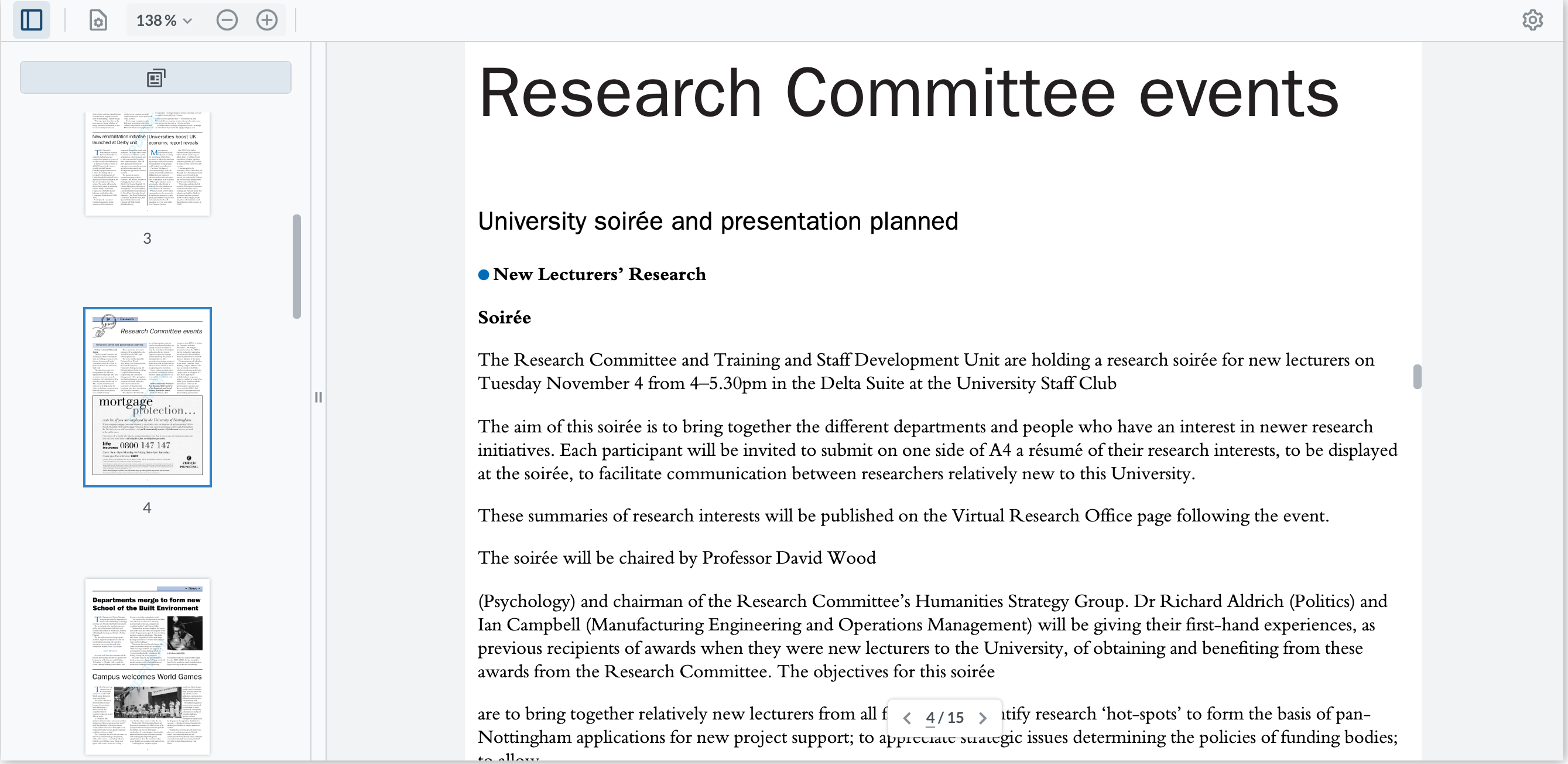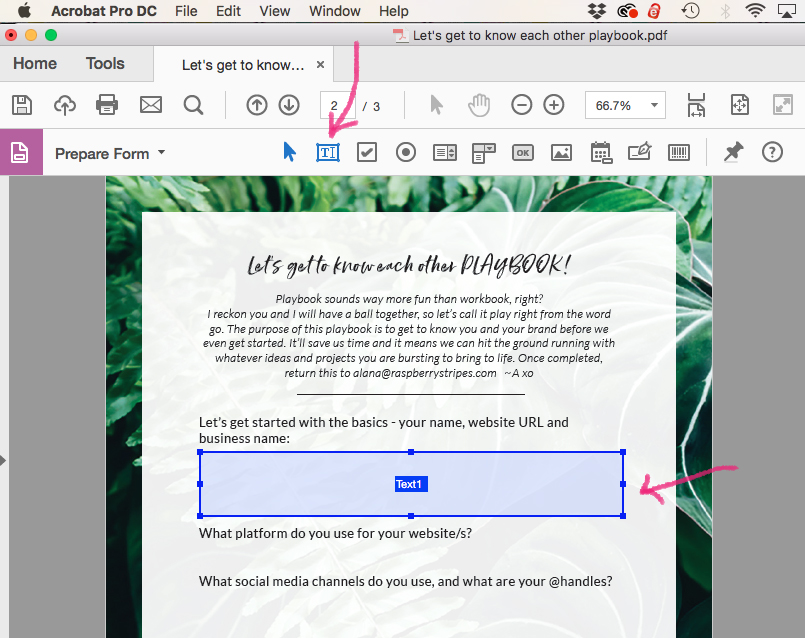
These preferences allow the users to control how PDFs appear on the screen and how they are read by screen readers.Īmong all these options, there is one of particular interest: the possibility of reflowing a PDF to temporarily present it as a single column that is the width of the screen. The reflowable modeĪdobe Acrobat Reader provides several preferences options that help make the reading of PDFs more accessible for visually impaired and motion-impaired users. For example, screen reader users can rapidly scan the document jumping from one header to the following (or previous), or navigate tables and lists. The tags provide information about a document structure and the semantic roles of its elements, and this information is recognized by screen readers and delivered to the end users.Ī properly tagged PDF can thus become accessible to Assistive Technology users, whether they’re reading on desktops or using their smartphones and tablets.

A tagged PDF has a logical structure that screen readers can use: we can compare this structure to the HTML hierarchy of DOM nodes, the hierarchical structure of Web pages. On the other hand, a PDF document can be accessible to blind readers if it is correctly tagged. It can’t adapt to the size of the screen: to read a PDF on a smartphone, it is almost inevitable to enlarge the page and span vertically and horizontally to read the text, which makes reading difficult for many.


This format was originally created for printing, which is why it is characterized by a fixed layout. The PDF format is one of the most popular formats for exchanging and reading digital documents, however it sometimes presents several barriers when it comes to accessibility for dyslexics and visually impaired readers. We tested it and, in this article, we explain how it works and what problems it presents for accessibility. Making a mobile-optimized app is no longer arduous and time-consuming as you can test your viewer as you create it and apply the reflow feature to your specifications.One of the latest features of Adobe Acrobat Reader allows to reflow PDFs to improve readability. Through using an easily integrated UI Extension, developers can build applications with powerful PDF technology quickly and efficiently on Android, iOS or UWP App. Why Build with Foxitįoxit delivers superior PDF technology that is used by small, medium and enterprise customers around the world but that is not the best part! Our MobilePDF SDK is designed for developers with limited to no knowledge of PDF libraries. For applications where people can search and view documents, reflow will allow users to quickly navigate through a document without needing to zoom and scroll endlessly to get to the end of a section. For applications that require text processing features like editing, creating and commenting on documents, reflow with PDF technology means that you can switch between your desktop and mobile devices seamlessly, making working on-the-go effortless. This new and improved PDF experience has many positive outcomes for businesses who develop applications both internally and externally. This demonstrates that PDF is still very much alive and kicking the text processing industry into gear. Reflow has allowed text and images to stack quickly in a mobile-optimized fashion, leaving no need to scroll or zoom ever again. The difference is paramount! What was a horrible viewing experience has become an elegant one that has the viewer’s experience in mind.

This makes documents easier to read, and there is no need to scroll left to right anymore! The difference Newer PDF viewers built today are mobile friendly and use what is known as reflow to make PDF documents fit nicely onto smaller screens. But PDF technology has moved on leaps and bounds in the past ten years and what was a typical experience back then is no longer the norm. This is not a great user experience at all, especially when mobile friendly is a common term being used in mobile app development today. Older mobile PDF viewers do not reshuffle the text and images which results in you needing to zoom in and out, and scroll from left to right to read the document. We have all had the experience of being sent a PDF document by a co-worker or company and trying to open it on a mobile device.


 0 kommentar(er)
0 kommentar(er)
